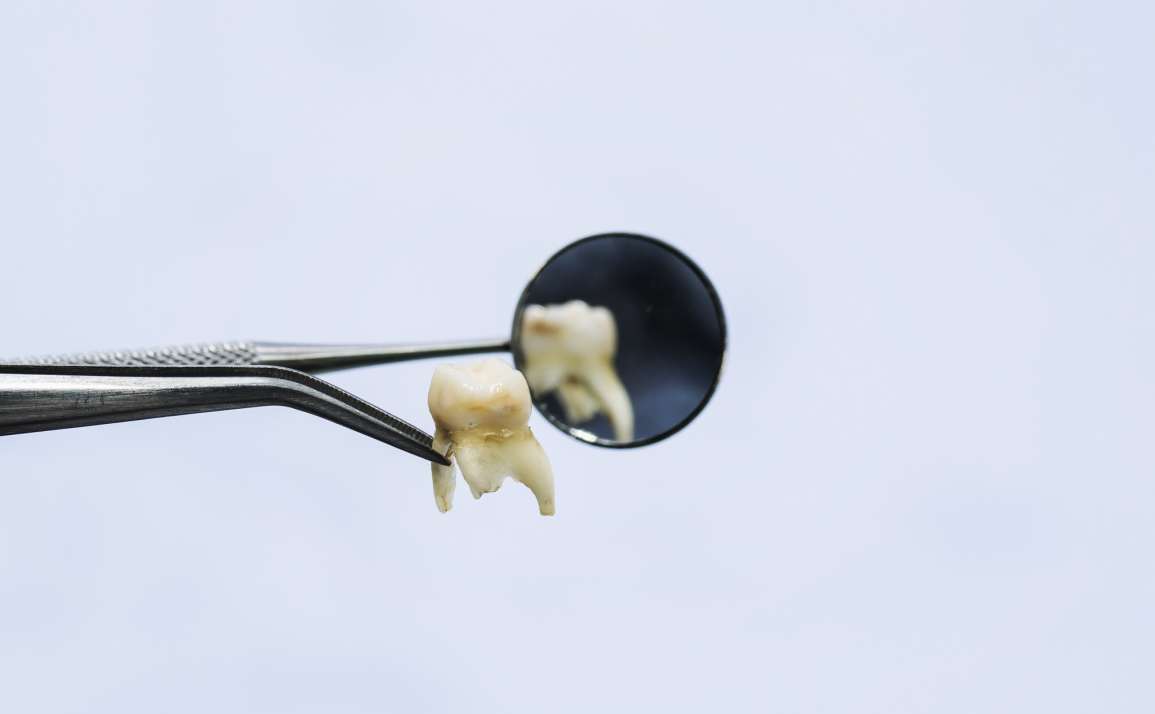The treatment process starts with a patient intake session to diagnose individual dental needs and create a custom treatment plan. A 3D CT scan is taken to analyze the implant placement area. An intra-oral scan is also taken with the CEREC CAD/CAM scanning system. This data is loaded into the SIDEXIS implant planning software, and a surgical implant guide is fabricated.
Minimally Invasive Dental Implant Therapy
Most dentists and oral surgeons utilize standard x-rays and free-hand the placement of the implant. While this method can be successful, it is impossible to know the exact dimensions of the bone, and if the implant is being placed in the best position possible. Improper placement of the implant can lead to loss of bone around the implant, premature loss of the implant itself, and an undesirable prosthetic result.
Dr. Valdman prefers to use a method called Minimally Invasive Guided Implant Surgery. Using this technique allows for the exact preplanned placement of one or more implants using a surgical implant guide which is fabricated in advance of the surgery.
The process for fabricating an implant surgical guide begins with obtaining a dental CT scan, which is then converted into a 3-D computer model of your jaw. Using this computer model of your jaw allows Dr. Valdmanto see the anatomy and density of your jawbone, the location of nerves, adjacent tooth roots, and virtually place the implant in the computer model. After completing the computer plan, a surgical guide is generated, and the patient is ready for surgery.
By planning the surgery in advance using this method, the surgery itself is faster, patients have less discomfort, and there are few if any complications.




